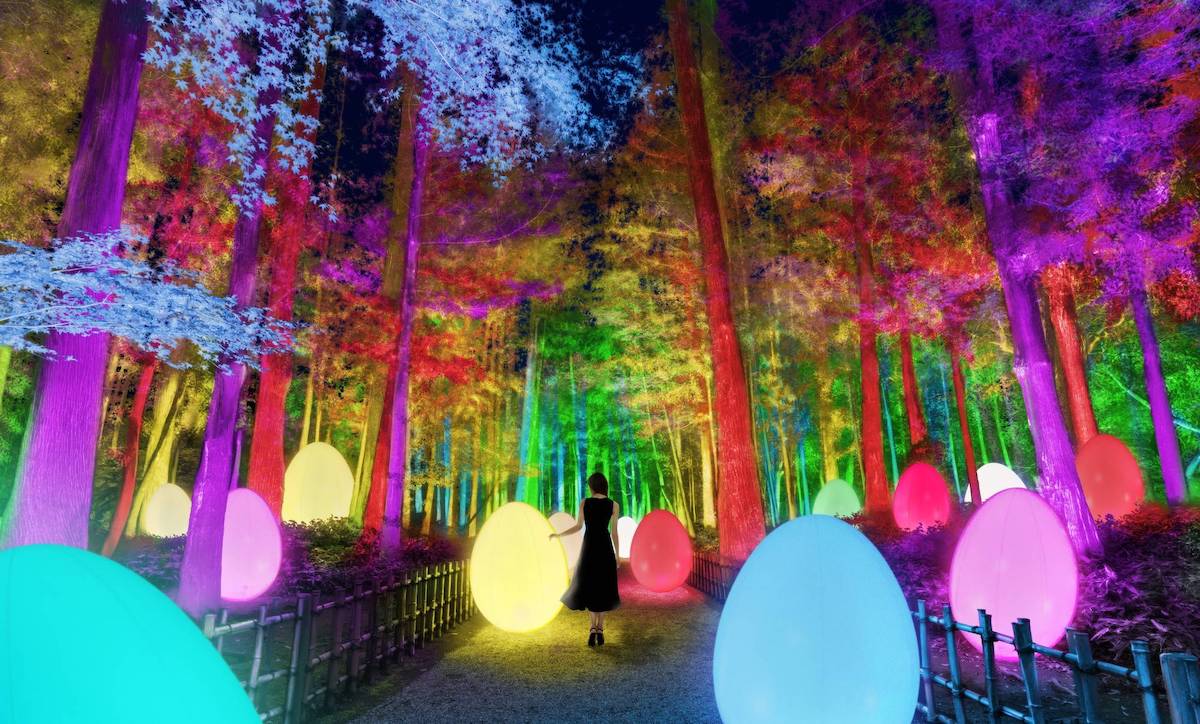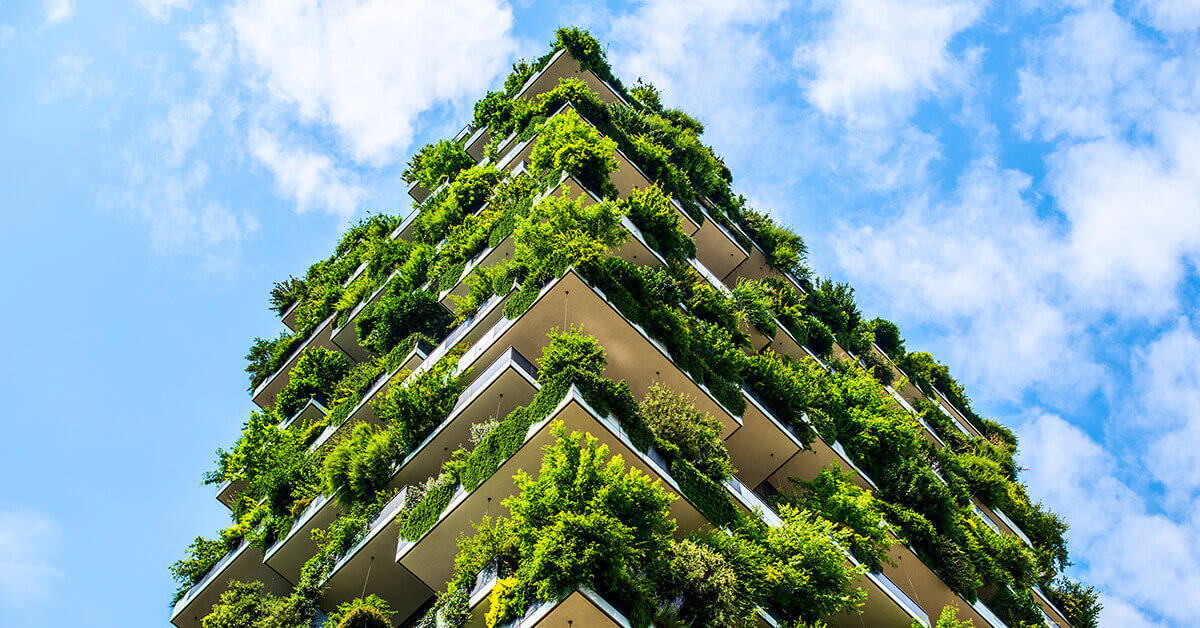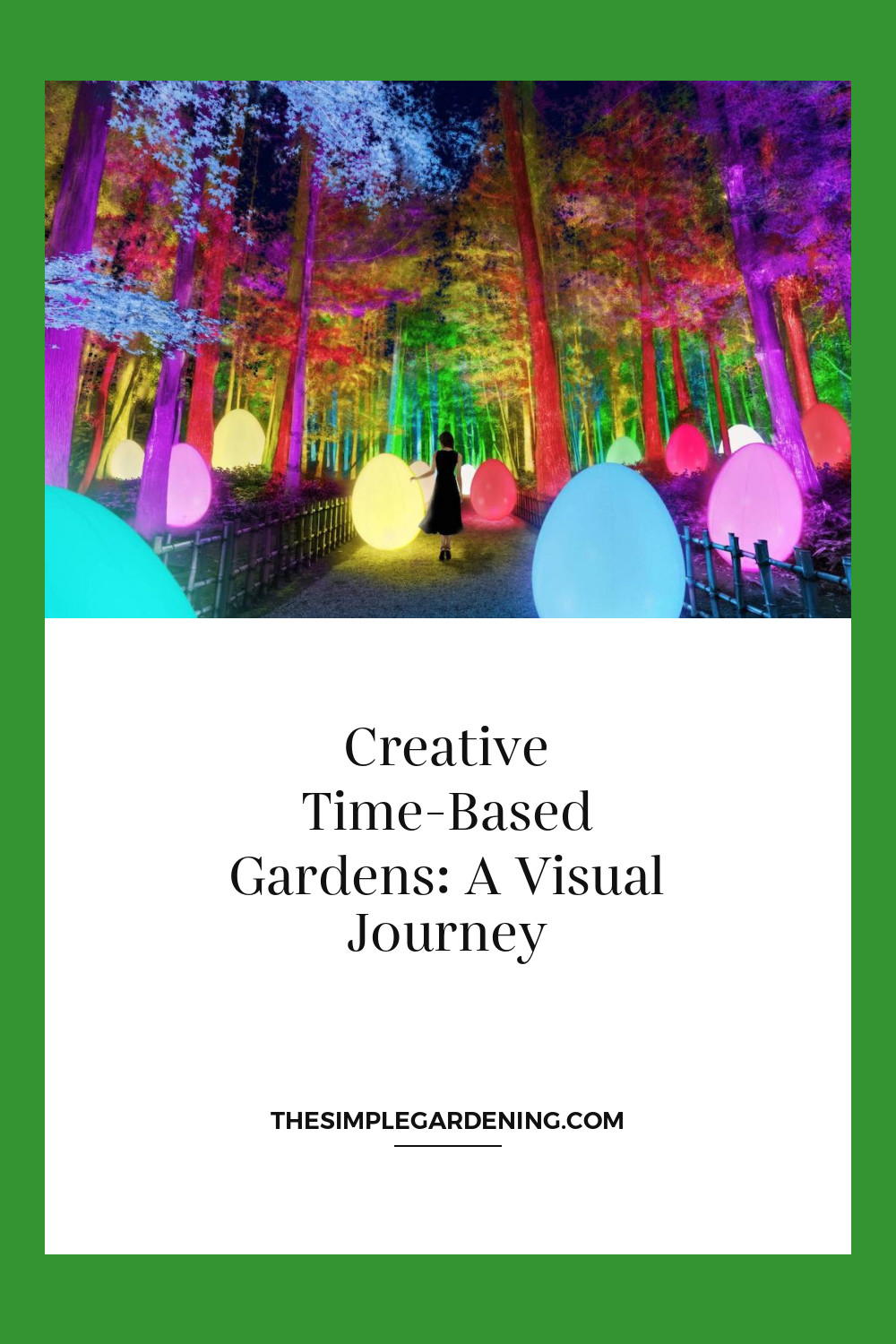Imagine a garden that transforms not just with the seasons, but also by the hour, day, or even year. Welcome to the enchanting world of time-based gardens. These gardens incorporate temporal elements, offering a dynamic experience that evolves over time, captivating visitors with ever-changing vistas. By understanding the concept of time-based garden installations, we can appreciate how these living artworks blend nature with the essence of time itself.
Table: Key Concepts of Time-Based Gardens
| Concept | Description |
|---|---|
| Temporal Elements | Components that change over time, such as light, seasons, and plant growth |
| Dynamic Experience | An evolving garden that offers new sights and experiences as time passes |
| Artistic Integration | Combining natural elements with artistic expression to depict temporal themes |
Historical Overview
To truly appreciate time-based gardens, we must explore their historical roots. From ancient civilizations to contemporary landscapes, the concept of integrating time into garden design has a rich heritage.
Tracing the Origins of Time-Based Garden Art
Historically, gardens have always been linked with time. Ancient Persian and Japanese gardens, for instance, were designed to reflect seasonal changes and celestial events.
Notable Historical Examples and Their Significance
- Persian Gardens: Designed to reflect paradise on earth, often aligning with astrological and seasonal cycles.
- Japanese Tea Gardens: Evolved to highlight seasonal beauty and the passage of time through blooming cycles.
Table: Historical Time-Based Gardens
| Garden Type | Origin | Key Temporal Element | Significance |
|---|---|---|---|
| Persian Gardens | Ancient Persia | Seasonal and celestial alignments | Reflection of paradise |
| Japanese Tea Gardens | Japan | Seasonal blooms and weather changes | Emphasis on mindfulness and impermanence |
| Roman Gardens | Ancient Rome | Seasonal flowers and sun positioning | Integration of art and nature |

Source Image: mymodernmet.com
Contemporary Trends
Modern approaches to time-based garden installations have embraced technological advancements and innovative designs, making these gardens more interactive and engaging than ever before.
Examining Modern Approaches
Today’s designers use technology to create gardens that not only change with time but also respond to environmental conditions and human interaction.
Influence of Technology and Innovation
- Smart Lighting: Automated lighting systems that change throughout the day to highlight different features.
- Kinetic Sculptures: Art installations that move and change form over time.
Table: Contemporary Time-Based Garden Innovations
| Innovation | Description | Example |
|---|---|---|
| Smart Lighting | Automated systems for dynamic lighting effects | LED garden paths |
| Kinetic Sculptures | Moving installations that evolve over time | Wind-powered garden art |
| Interactive Displays | Touch and motion-sensitive features | Sensor-activated water features |
Seasonal Gardens
Designing gardens that transform with the seasons allows for a natural yet dramatic expression of time’s passage.
Designing Gardens for Seasonal Change
By selecting plants and materials that thrive in different seasons, gardens can continuously offer fresh experiences.
Utilizing Plants and Materials
- Spring Blooms: Tulips, daffodils, and cherry blossoms.
- Summer Greens: Lush foliage and vibrant flowers like sunflowers.
- Autumn Colors: Maple trees, mums, and ornamental grasses.
- Winter Wonders: Evergreen shrubs, holly, and winter-blooming camellias.
Table: Seasonal Plant Selections
| Season | Plants and Materials | Visual Impact |
|---|---|---|
| Spring | Tulips, daffodils, cherry blossoms | Bright, fresh, and colorful |
| Summer | Sunflowers, hydrangeas, hostas | Lush and vibrant |
| Autumn | Maples, mums, ornamental grasses | Warm hues and textured foliage |
| Winter | Evergreens, holly, camellias | Greenery and pops of color against the snow |

Source Image: leadesign.com.au
Day-Night Transformations
Gardens that offer unique experiences at different times of the day utilize lighting and shadow play to create dramatic effects.
Highlighting Day-Night Differences
Daytime gardens bask in natural sunlight, while nighttime gardens come alive with strategic lighting.
Integration of Lighting and Shadow Play
- Daytime: Use of sun-loving plants and reflective surfaces.
- Nighttime: LED lights, lanterns, and moonlit pathways.
Table: Day-Night Garden Elements
| Time of Day | Key Elements | Example Features |
|---|---|---|
| Day | Sun-loving plants, reflective surfaces | Sunflowers, mirrored sculptures |
| Night | LED lights, lanterns, moonlit pathways | Fairy lights, glowing stones |
Time-Lapse Gardens
Creating gardens that change over weeks or months allows for a deeper narrative incorporating plant growth and decay.
Designing for Long-Term Change
Selecting plants that bloom, mature, and decay at different rates can create a time-lapse effect within the garden.
Incorporating Plant Growth and Decay
- Annual Plants: Quick growth and bloom cycles.
- Perennial Plants: Steady growth with seasonal changes.
- Decaying Elements: Use of compostable materials to highlight decay.
Table: Time-Lapse Garden Plants
| Plant Type | Growth Rate | Seasonal Impact |
|---|---|---|
| Annuals | Fast | Immediate color and texture |
| Perennials | Medium | Long-lasting structure and blooms |
| Decay Materials | Variable | Natural decomposition for texture and soil |

Source Image: archinect.com
Calendar Gardens
Calendar gardens are designed to reflect cultural traditions, festivals, and astronomical events.
Designing Inspired by Calendars and Festivals
These gardens celebrate specific dates or events, incorporating plants and decorations that align with the calendar.
Celebrating Cultural Traditions
- Chinese New Year: Incorporating red and gold plants.
- Diwali: Using marigolds and lights.
- Christmas: Evergreens and poinsettias.
Table: Calendar Event Gardens
| Event/Festival | Plants and Decorations | Cultural Significance |
|---|---|---|
| Chinese New Year | Red lanterns, gold chrysanthemums | Prosperity and good fortune |
| Diwali | Marigolds, oil lamps | Festival of lights |
| Christmas | Evergreens, poinsettias, holly | Celebration of Christmas |
Temporal Sculptures
Exploring sculptures and installations that depict the passage of time using various materials and techniques.
Exploring Temporal Sculptures
These installations often use natural materials that change over time, such as wood, stone, and living plants.
Materials and Techniques
- Wood: Ages and weathers over time.
- Stone: Erodes and gains patina.
- Living Plants: Grow and change shape.
Table: Materials for Temporal Sculptures
| Material | Changes Over Time | Example Sculptures |
|---|---|---|
| Wood | Weathering, decay | Driftwood sculptures |
| Stone | Erosion, patina | Moss-covered stones |
| Living Plants | Growth, seasonal changes | Topiary art |

Source Image: www.pinterest.com
Time-Based Garden Installations
Interactive Experiences
Engaging visitors with interactive elements in time-based garden installations adds an immersive layer to the experience.
Engaging Visitors with Interaction
Interactive gardens invite visitors to touch, listen, and participate in the garden’s evolution.
Incorporating Sensory Elements
- Sound: Water features, wind chimes.
- Touch: Textured plants, tactile sculptures.
- Sight: Dynamic lighting, changing colors.
Table: Interactive Garden Elements
| Sensory Element | Interactive Feature | Visitor Experience |
|---|---|---|
| Sound | Water features, wind chimes | Relaxing and meditative |
| Touch | Textured plants, tactile sculptures | Engaging and exploratory |
| Sight | Dynamic lighting, changing colors | Visually stimulating |
Environmental Impact
Discussing sustainability practices in time-based garden design ensures a balance between artistic expression and ecological responsibility.
Sustainability in Garden Design
Using eco-friendly materials and practices is crucial in creating time-based gardens.
Balancing Art and Ecology
- Native Plants: Require less water and maintenance.
- Recycled Materials: Reduce waste and environmental impact.
- Organic Practices: Avoid harmful chemicals.
Table: Sustainable Practices in Time-Based Gardens
| Practice | Description | Environmental Benefit |
|---|---|---|
| Native Plants | Plants indigenous to the local area | Low maintenance, supports local wildlife |
| Recycled Materials | Use of reclaimed wood, stone, and metal | Reduces waste and carbon footprint |
| Organic Practices | Avoidance of synthetic fertilizers and pesticides | Protects soil and water quality |

Source Image: www.pinterest.fr
Community Engagement
Time-based garden installations can foster community involvement, creating a sense of ownership and pride among local residents.
Fostering Community Involvement
Community gardens can be designed to evolve with the input and care of local residents.
Benefits of Participatory Art
- Shared Spaces: Gardens that serve as communal gathering spots.
- Educational Programs: Workshops and events that teach about gardening and sustainability.
- Art Collaborations: Community art projects that evolve over time.
Table: Community Engagement in Gardens
| Engagement Type | Description | Community Benefit |
|---|---|---|
| Shared Spaces | Communal areas for gardening and socializing | Strengthens community bonds |
| Educational Programs | Workshops and events on gardening and ecology | Educates and empowers residents |
| Art Collaborations | Community-driven art projects | Fosters creativity and collaboration |

Source Image: www.canadianinteriors.com
Maintenance Challenges
Time-based gardens require unique maintenance strategies to preserve their artistic integrity while ensuring longevity.
Addressing Maintenance Requirements
Regular care is essential to manage plant growth, decay, and interactive elements.
Strategies for Longevity
- Scheduled Maintenance: Regular checks and updates.
- Volunteer Programs: Engaging the community in garden upkeep.
- Adaptive Management: Adjusting care based on seasonal and temporal changes.
Table: Maintenance Strategies
| Strategy | Description | Maintenance Benefit |
|---|---|---|
| Scheduled Maintenance | Regular inspections and care routines | Ensures garden health and aesthetics |
| Volunteer Programs | Community involvement in maintenance | Reduces costs, fosters ownership |
| Adaptive Management | Flexible care plans that adapt to garden changes | Maintains garden’s dynamic nature |
Cultural Significance
Exploring the cultural and historical contexts of time-based garden art worldwide reveals how different societies interpret and appreciate temporal themes in gardens.
Examining Global Perspectives
Different cultures have unique ways of incorporating time into their garden designs, reflecting their values and traditions.
How Societies Interpret Temporal Themes
- Japanese Gardens: Emphasize the beauty of impermanence.
- European Formal Gardens: Reflect structured, seasonal change.
- Indigenous Gardens: Incorporate cycles of growth and renewal.
Table: Cultural Interpretations of Time-Based Gardens
| Culture | Key Elements | Cultural Significance |
|---|---|---|
| Japanese | Cherry blossoms, seasonal changes | Impermanence and mindfulness |
| European | Structured layouts, seasonal plantings | Order and seasonal beauty |
| Indigenous | Native plants, natural cycles | Harmony with nature and renewal |

Source Image: handymantips.org
Time-Based Garden Installations
Educational Opportunities
Time-based garden installations can serve as powerful educational tools, engaging both children and adults in learning about nature, art, and the passage of time.
Utilizing Gardens for Education
Interactive and dynamic gardens provide hands-on learning experiences that are both fun and informative.
Engaging Learning Experiences
- School Programs: Curriculum-based garden projects.
- Public Workshops: Community classes on gardening and sustainability.
- Interactive Displays: Informational signs and exhibits.
Table: Educational Programs in Gardens
| Program Type | Description | Educational Benefit |
|---|---|---|
| School Programs | Garden-based curriculum activities | Hands-on learning for students |
| Public Workshops | Community gardening and sustainability classes | Increases public knowledge and skills |
| Interactive Displays | Informational signs and exhibits | Enhances visitor understanding |
Future Directions
Speculating on the future of time-based garden art reveals emerging trends and possibilities for innovation in the field.
Emerging Trends in Garden Design
As technology and environmental awareness evolve, new trends in garden design are emerging.
Possibilities for Innovation
- Augmented Reality: Enhancing garden experiences with digital overlays.
- Biophilic Design: Integrating nature deeply into urban environments.
- Climate-Responsive Gardens: Adapting designs to changing climate conditions.
Table: Future Trends in Time-Based Gardens
| Trend | Description | Potential Impact |
|---|---|---|
| Augmented Reality | Digital enhancements to garden experiences | Increased interactivity and engagement |
| Biophilic Design | Deep integration of natural elements in urban areas | Enhanced well-being and environmental connection |
| Climate-Responsive | Adapting gardens to climate change impacts | Sustainability and resilience |

Source Image: www.pinterest.ph
By embracing the concept of time-based gardens, we not only create living artworks that captivate and inspire but also foster a deeper connection to the natural world and its ever-changing beauty. Whether through historical appreciation, modern innovation, or community engagement, these gardens remind us that time is a fundamental element of life and art.

